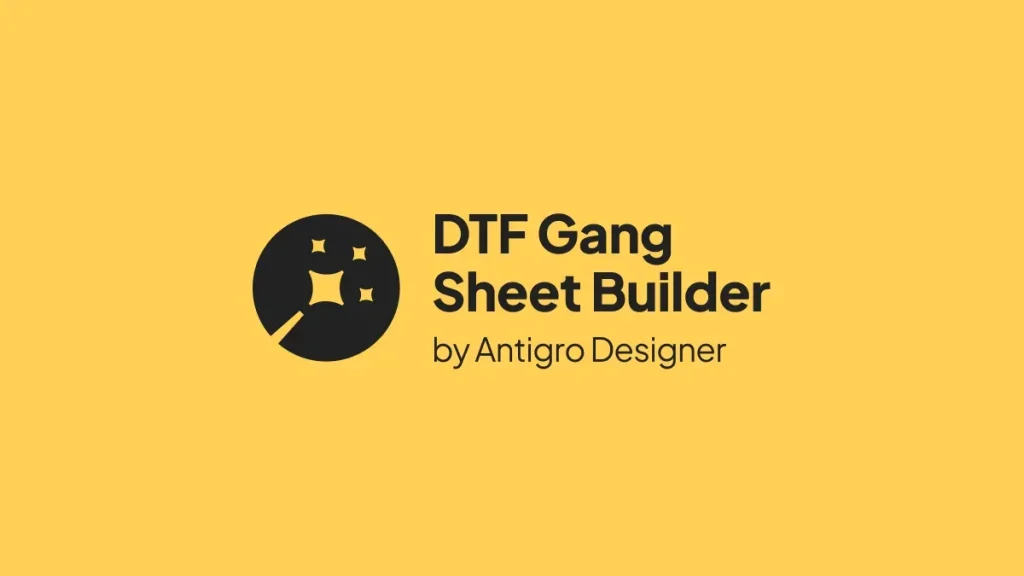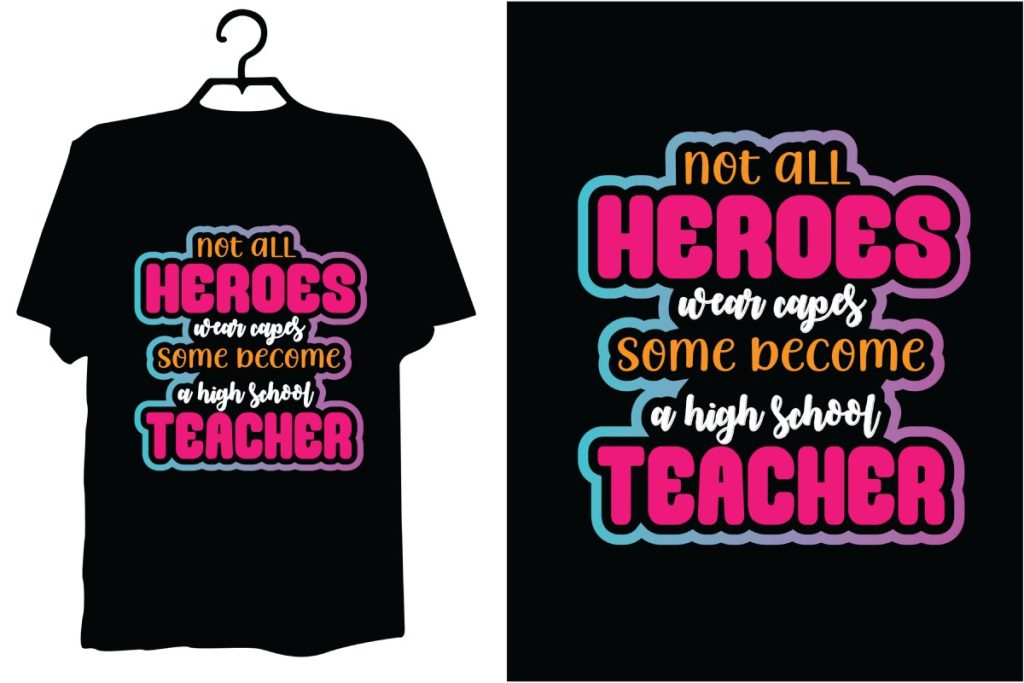DTF Gangsheet Builder is a powerful tool that brings precision and efficiency to every apparel print run, helping brands and shops deliver consistent results. Used to design, arrange, and optimize multiple transfers on a single sheet, it directly supports DTF gangsheet optimization by packing more designs into a single pass. This capability also reinforces a steady gangsheet production workflow, aligning margins, spacing, and color management to minimize misprints and variances. With the right setup, you gain clearer insight into layout density, substrate use, and press readiness, translating into smoother operations and fewer surprises on press day. In short, the builder helps you push output while maintaining quality and consistency across batches.
Viewed through the lens of semantic relevance, this concept can be described as a layout tool for multi-design sheets that coordinates artwork, margins, and bleed. Call it a batch-transfer planner or a print-run orchestration module that aligns each design with the correct substrate and heat transfer sequence. From an SEO perspective, phrases like sheet-layout software, color-management pipeline, and press-ready assembly mirror the same core function—maximizing density while controlling waste. By framing the topic with these related terms, readers and search engines recognize the same capability from different angles, improving understanding and discovery. In practice, this approach supports lean production, consistent color, and reliable results across orders.
DTF Gangsheet Builder: Unlocking Precision Layout and Waste Reduction
The DTF Gangsheet Builder is the core tool that lets you arrange multiple transfers on a single sheet with precise alignment, spacing, and margins. By streamlining color management, print bed utilization, and heat transfer sequencing, it enables tangible gains in production speed and material savings. This is the essence of DTF gangsheet optimization, where thoughtful layout directly improves throughput and consistency.
To leverage its full potential, start with a master grid that matches your gangsheet dimensions and assess your artwork library for compatibility. Place designs strategically to maximize density while preserving readability and color accuracy. Standardizing spacing, margins, and grouping similar sizes are practical steps that support DTF printing efficiency tips and help minimize waste across jobs.
DTF Gangsheet Optimization: Layout for Maximum Density and Readability
Effective DTF gangsheet optimization begins with planning density and readability. By analyzing design aspect ratios, rotating or rearranging pieces, and reserving a consistent bleed zone, you can push more designs onto a sheet without compromising quality. This approach reduces wasted space and supports a cleaner transfer process, which is central to a lean gangsheet production workflow.
Standardizing spacing and margins around each transfer not only prevents color bleed but also simplifies the final cut and finishing steps. Grouping similar sizes together minimizes tooling changes and calibration tasks between jobs, accelerating throughput while maintaining color accuracy and print fidelity. These practices are key elements of the optimization mindset.
DTF Printing Efficiency Tips: Speed, Consistency, and Quality
Maximizing efficiency starts with consolidating multiple designs into a single print pass when possible, reducing setup time and sheet handling. Consistent margins and predictable color channels help maintain transfer quality across the gangsheet, boosting overall DTF printing efficiency. Treat each run as an opportunity to refine your color management and layout process for repeatable results.
Invest in templates, standardized rip settings, and pre-approved color profiles to minimize on-press adjustments. Pilot tests and post-run QA should become routine, allowing you to identify bottlenecks early and adapt layouts accordingly. These habits align with the broader goals of DTF gangsheet optimization and continuous improvement in transfer quality.
Minimize Waste in DTF: Techniques Across the Gangsheet
Waste reduction begins with thoughtful layout decisions—maximizing sheet density, setting appropriate margins, and accounting for bleed. By designing with edge tolerances in mind, you can reduce the risk of scrapped transfers and improve material utilization, which is a core aim of minimize waste in DTF.
Tracking waste by batch and analyzing patterns helps you identify layout or process improvements. Batch similar designs to minimize tool changes and calibration steps, and use standardized color management to prevent unnecessary rework. These tactics support lean production and tighter control over gangsheet production costs.
DTF Transfer Quality Improvement: Alignment, Calibration, and Color Management
Transfer quality hinges on precise alignment. Use alignment marks, test patches, and regular calibration to ensure the digital layout translates accurately to the physical board. Consistent calibration reduces misregistration and directly supports ongoing DTF transfer quality improvement, helping you deliver uniform results across runs.
Color management is equally critical. Employ printer- and film-matched color profiles, maintain consistent color channels, and minimize edits that can introduce shifts across the gangsheet. When heat press timing and force are synchronized with the layout, you’ll see fewer misprints and improved print fidelity, reinforcing reliable transfer quality.
Building a Repeatable Gangsheet Production Workflow for Scale
A repeatable gangsheet production workflow reduces variability and speeds throughput. Develop standard operating procedures that cover file preparation, layout checks, rip settings, color management, sheet routing, and post-press QA. A structured workflow is fundamental to scalable DTF gangsheet optimization and overall production efficiency.
Documentation and continual refinement create a predictable process that’s easier to train for and audit. Track metrics such as output per sheet, waste per batch, and defect rates to drive ongoing improvement in DTF printing efficiency tips and ensure the gangsheet production workflow remains efficient as volume grows.
Frequently Asked Questions
What is the DTF Gangsheet Builder and how does it support DTF gangsheet optimization?
The DTF Gangsheet Builder is a software feature that lays out multiple transfers on a single gangsheet with precise alignment, spacing, and margins. It supports DTF gangsheet optimization by maximizing sheet density, standardizing margins, and coordinating color management and heat timing to boost throughput and transfer quality.
Which DTF printing efficiency tips can you apply with the DTF Gangsheet Builder to increase sheet throughput?
Use the DTF Gangsheet Builder to maximize sheet density by analyzing design aspect ratios, rotating designs when helpful, and reserving bleed space. Group similar sizes, apply templates, and maintain consistent color profiles to reduce rework and speed up production, all of which are DTF printing efficiency tips.
How should you structure your gangsheet production workflow when using the DTF Gangsheet Builder?
Outline a clear gangsheet production workflow: prepare and verify artwork, create an optimized gangsheet layout with proper margins and bleed, align and calibrate with alignment marks, manage color and ink usage, and set a repeatable heat press routine. This ensures consistent DTF gangsheet optimization across jobs.
How does using the DTF Gangsheet Builder help minimize waste in DTF?
The builder helps minimize waste in DTF by maximizing sheet density, standardizing margins to reduce trimming, and creating repeatable layouts that minimize unused area. It also supports a consistent workflow that lowers scrap and post-press rejects.
In what ways can the DTF Gangsheet Builder contribute to DTF transfer quality improvement?
DTF transfer quality improvement comes from precise alignment and calibration using the builder, consistent color management, and controlled heat press timing. By reducing misregistration and color shifts, the overall transfer quality on every run improves.
What practical steps can you take with the DTF Gangsheet Builder to maximize output and maintain DTF gangsheet optimization?
Create layout templates for common sizes, batch similar designs, standardize margins and color profiles, and track waste per batch. Run test sheets to verify alignment and color accuracy, adjust margins or spacing as needed, and iterate to sustain DTF gangsheet optimization and higher output.
| Key Point | Description |
|---|---|
| What it is | A software feature that layouts several transfers on one gangsheet with precise alignment, spacing, and margins to improve production speed, material savings, and transfer quality. |
| Key benefits | Consolidates multiple designs into a single print pass, standardizes margins and spacing, and helps plan color plots and finishing steps, reducing misalignment and surprises. |
| Efficiency practices | Standardize spacing and margins, reserve bleed, group similar sizes, and optimize the layout to maximize density while maintaining readability and color accuracy. |
| Main steps for maximum output | 1) Prepare artwork; 2) Create efficient gangsheet layout; 3) Align and calibrate; 4) Manage color and ink usage; 5) Optimize heat press timing; 6) Build a repeatable production workflow; 7) Quality control and continuous improvement; 8) Safety, maintenance, and reliability. |
| Advanced tips | Create a library of layout templates, batch similar projects, use standardized color profiles, and track waste to identify improvement opportunities. |
Summary
DTF Gangsheet Builder is a central tool for achieving lean, high-efficiency production in apparel customization. By focusing on gangsheet optimization, you can pack more designs onto each sheet, reduce waste, and deliver consistent transfer quality that satisfies customers. Through deliberate layout planning, precise alignment, disciplined color management, and a repeatable production workflow, you’ll boost output while maintaining quality. Embrace iterative testing and continual refinement to drive faster turnaround times, lower costs, and improved product quality—whether handling small runs or scaling to larger batches.



